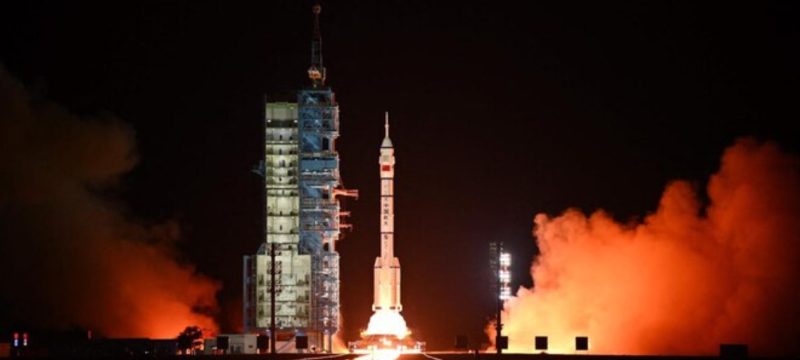China has successfully launched three astronauts aboard the Shenzhou-19 spacecraft to its permanent space station, where they will conduct 86 scientific experiments focused on various fields, including space life sciences, microgravity physics, and materials engineering. The launch occurred at 4:27 a.m. local time from the Jiuquan Satellite Launch Centre.
Among the experiments planned is an innovative project involving bricks made from simulated lunar soil, which will be exposed to space conditions. If successful, these lunar bricks could become essential materials for constructing a permanent lunar research station by 2035, providing a more efficient alternative to transporting building materials from Earth.
Also Read: NASA’s Crew-8 Astronauts Return Safely After Extended Mission
The crew, consisting of Commander Cai Yuzhe and two first-time astronauts born in 1990, will spend six months aboard the station. This mission continues China’s expanding presence in space, particularly after completing the Tiangong space station in November 2022.
The rapid advancements in China’s space program have drawn attention from the United States, which is facing challenges with its own space missions. To ensure the safety of the Shenzhou-19 mission, the Chinese Manned Space Agency has optimized its emergency response plans.
As China sets its sights on a manned moon landing by 2030, the fourth batch of astronaut trainees will focus on lunar missions, preparing them for tasks such as driving lunar rovers and conducting geological exploration.









